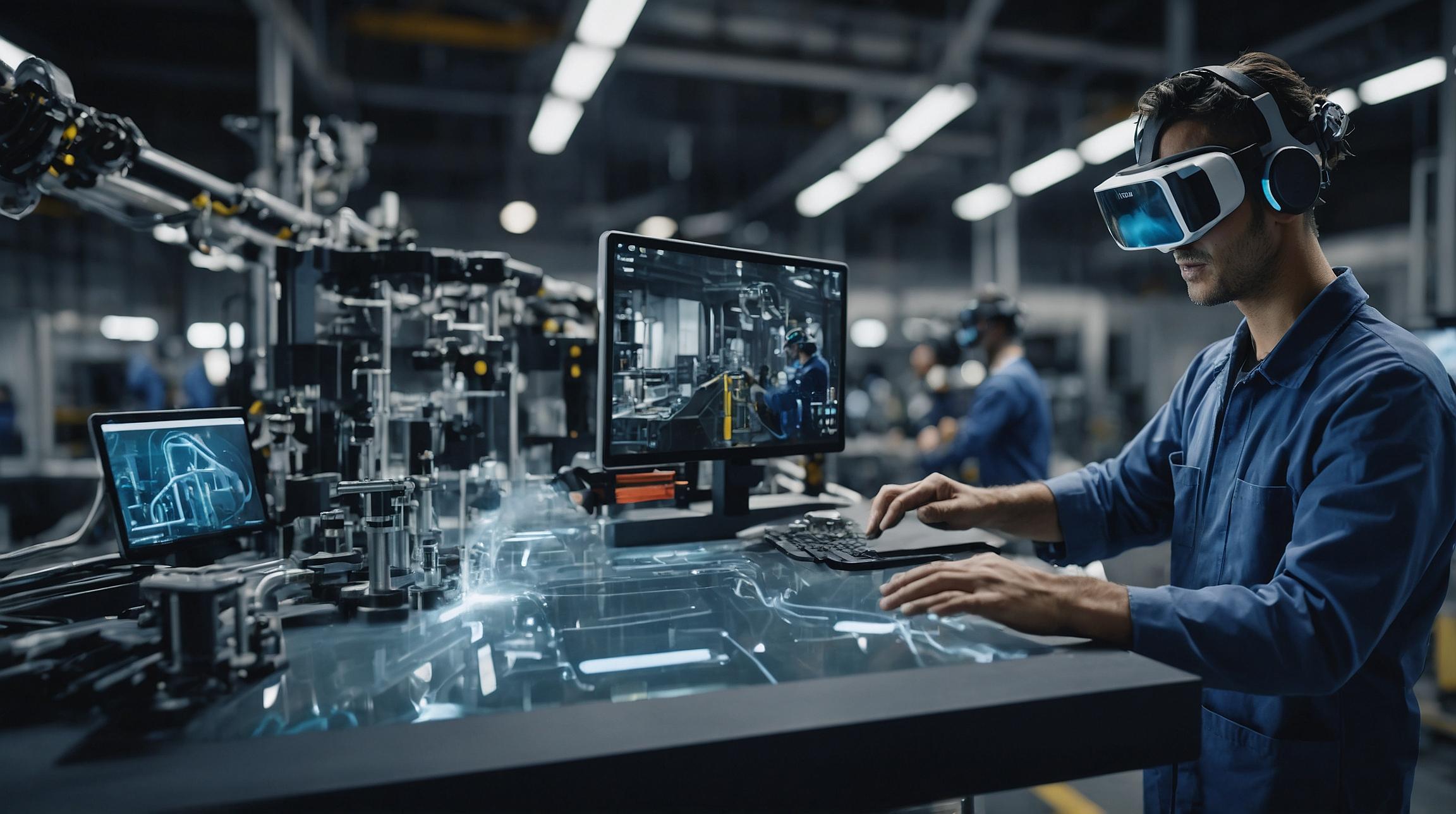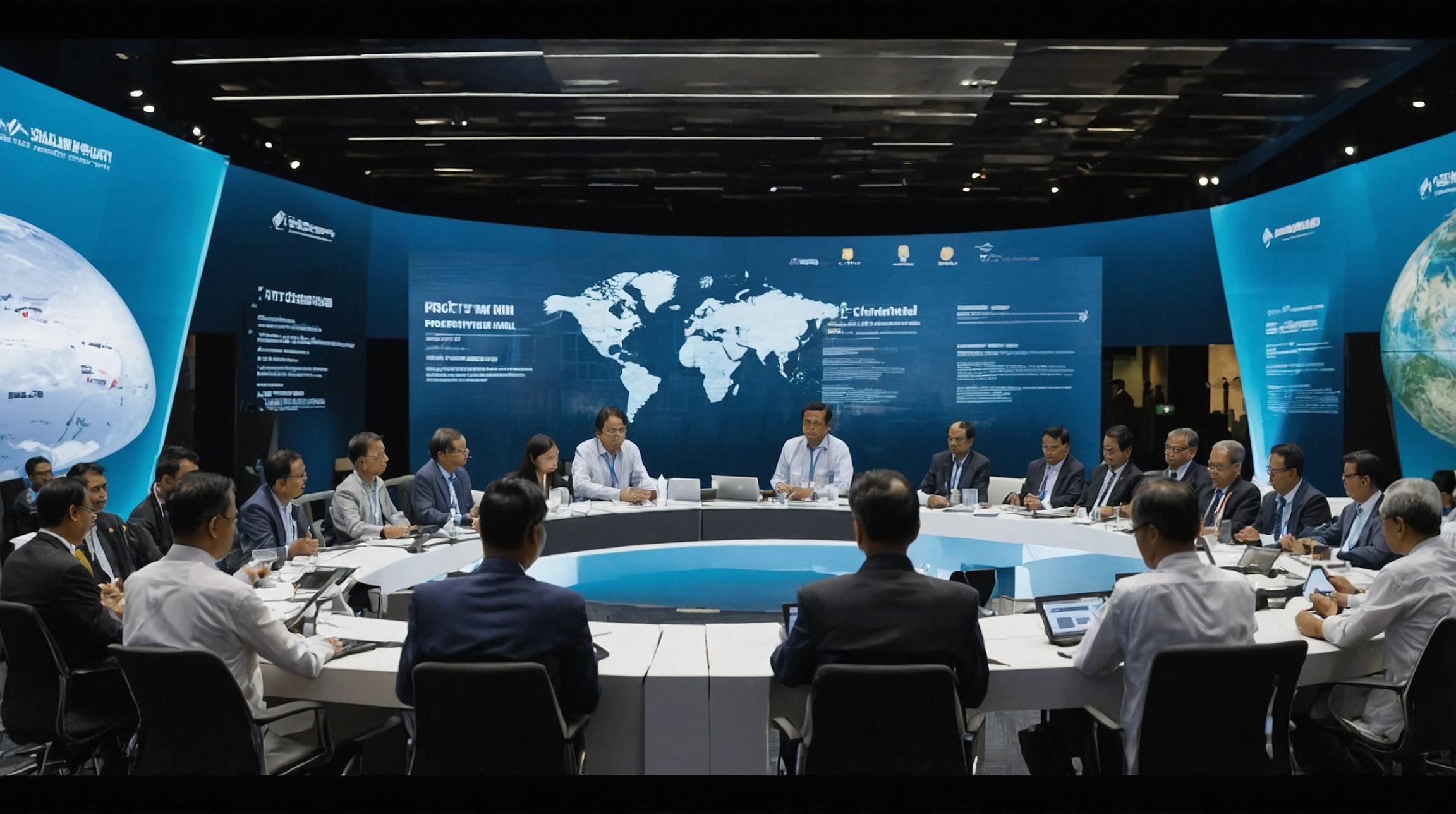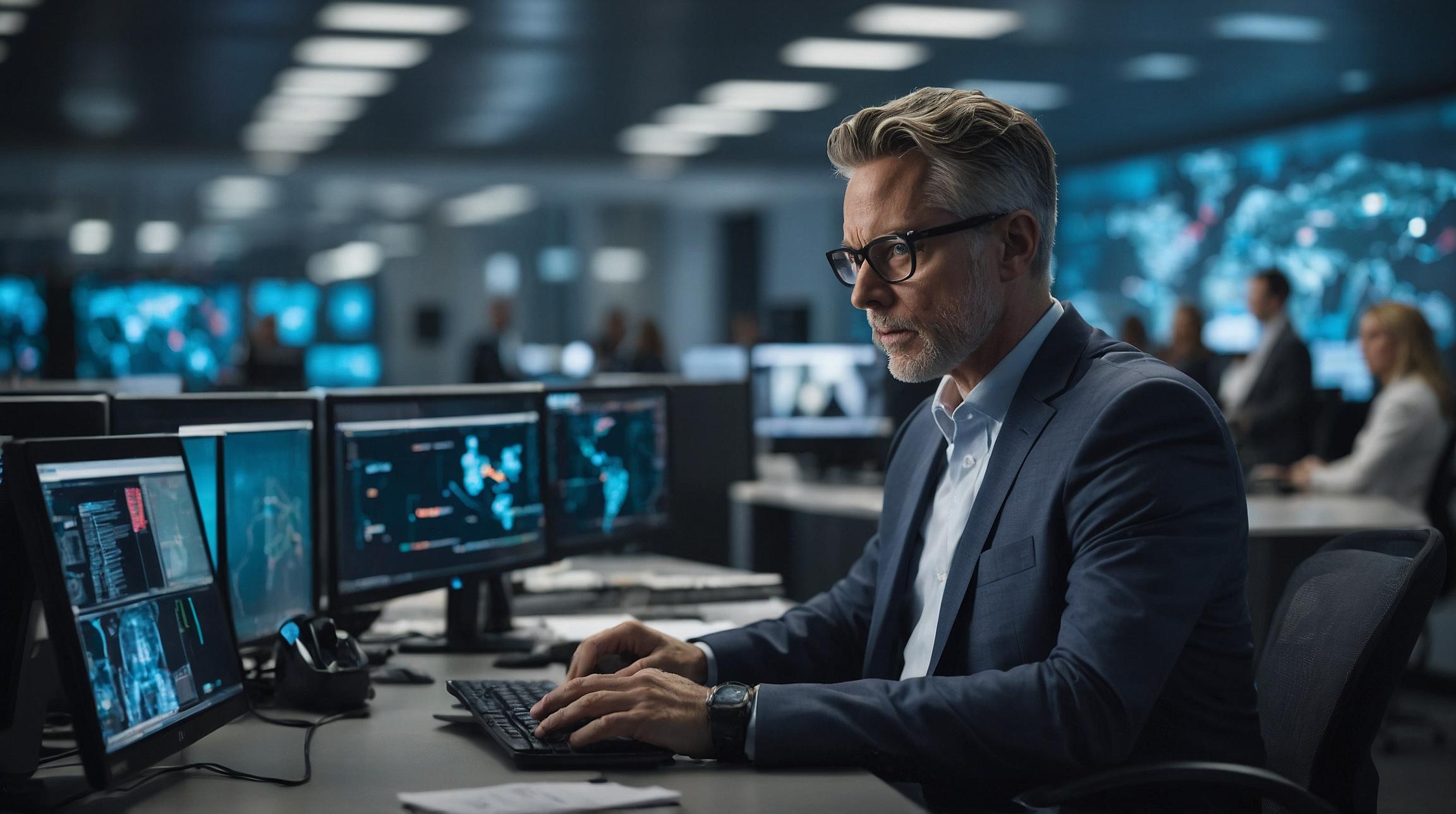Understanding Extended Reality (XR)
Extended Reality, or XR, is an umbrella term that encompasses Augmented Reality (AR), Virtual Reality (VR), and Mixed Reality (MR). These technologies blend the physical and digital worlds to create immersive experiences. For instance, AR can overlay digital information onto the real world using a smartphone or special glasses, like how a cooking app might show step-by-step instructions directly on your kitchen counter.
Applications in Manufacturing
Manufacturers are increasingly adopting XR technologies for a variety of applications. According to the XR Association, XR aids in everything from quality assurance to workforce development. By using XR, manufacturers can simulate environments for training without the need for physical prototypes or settings. Imagine training new hires using VR to navigate a virtual assembly line, where they can practice without the risks or costs associated with real-world training.
Bridging Workforce Skill Gaps
A significant benefit of XR in manufacturing is its ability to address workforce skill gaps. A study by the XR Association found that 81% of manufacturers see immersive technology as crucial. By reducing the barriers to acquiring new skills, XR can accelerate training processes for new employees and assist in ongoing employee development. This means faster, more efficient onboarding and skill enhancement, which is vital in industries facing skill shortages. For example, a company might use AR to provide real-time, on-the-job training, showing workers precisely where to install components on a complex machine.
Cost-Effective Training and Recruitment
XR technology provides cost-effective solutions compared to traditional training methods. Stephanie Montgomery, vice president of research and development at the XR Association, highlights that XR can significantly reduce training costs and improve recruitment and retention. Instead of expensive physical setups, virtual training environments can be created, modified, and reused with ease.
Improving Quality Control and Collaboration
Beyond workforce training, XR can enhance quality control, product design, and remote collaboration. For instance, manufacturers can use VR to conduct a virtual walkthrough of a product design, allowing teams from different locations to discuss and make adjustments in real-time. This not only speeds up the design process but also ensures higher quality outcomes by enabling more collaborative and thorough reviews.
Boosting Customer Engagement and Sales
Finally, XR can enhance customer engagement and sales. By providing consumers with virtual demonstrations or AR previews of products, manufacturers can offer a more engaging shopping experience. For example, a company selling furniture could use AR to show customers how a piece would look in their home before purchasing.
Conclusion
In summary, XR technology offers manufacturers numerous advantages, from bridging skill gaps to improving quality assurance and customer interactions. As the technology continues to evolve, its applications within the manufacturing sector are likely to expand, providing even more opportunities for innovation and efficiency.













